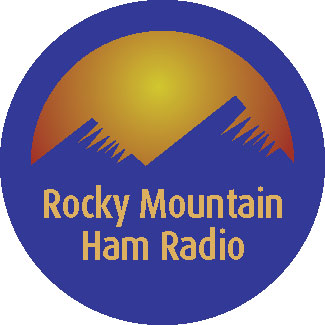Frequency Checks
Carl “Skip” Dabelstein, KØSBV
Until the mid 1980’s, a sure way to add new stations to a DXer’s log book or verifications collection was the logging of frequency checks. Frequency checks are broadcasts conducted during the early morning Midnight to 6 a.m. experimental period, to determine whether the station is operating on its assigned frequency and within the prescribed limits.
In the early days of radio, the FCC conducted frequency checks from its own monitoring stations, such as those at Grand Island, Nebraska; Douglas, Arizona; Allegan, Michigan; and Livermore, California. With the advent of commercial monitoring companies, the FCC turned this function over to the Private Sector. Some of the more popular monitoring companies included:
- Commercial Radio Monitoring Company – Lees Summit, MO
- Frequency Measuring Service – Denver, CO
- Southwest Frequency Measurements – Austin, TX
- Claude Gray Engineering Services – Birmingham, AL
- Phelps Radio Labs – Minneapolis, MN
As previously stated, most frequency checks were conducted during the early morning hours with the usual duration of 15 minutes. Typically, they were conducted on the same day and at the same time each month, such as the First Monday from 1:15 to 1:30 a.m. The program content usually consisted of periods of 1,000 hertz tone, with pauses for station identification announcements every five minutes. The tone was intended to assist the station’s monitor in identifying the station’s carrier among the many that may be on the frequency at the same time. Some stations below the Mason-Dixon Line used telephone dial tone, instead of 1,000 hertz tone.
The existence of frequency checks provided DXers with outstanding opportunities to log some really great catches, particularly on the graveyard frequencies. Prior to 1983, most stations operating on graveyard frequencies ran 1,000 watts during the daytime, but had to reduce their power to 250 watts at night. Stations conducting frequency checks on these channels transmitted with their 1,000 watt daytime power, allowing their signal to really penetrate the interference on the frequency.
Based on information provided by DXers, and the monitoring companies, the NRC published annually, usually at the beginning of a DX season, a full list of the days and times of stations regularly conducting frequency checks. There were literally dozens of stations to listen for almost every day of the month. One could easily add to their DX log by patiently listening for the tones and IDs of stations checking their frequency.
Unfortunately, as the DXing hobby progressed through the 1970s and into the 80’s, the number of frequency checks dwindled significantly. That is attributed to technological advances that enabled stations to more closely check their frequency internally, combined with a reduced role of FCC oversight and monitoring. Eventually, frequency checks and monitors disappeared from the AM Band.
Enjoy the accompanying audio recording of a number of frequency checks I logged in Nebraska back in the 1970’s. Click Here for the Page
